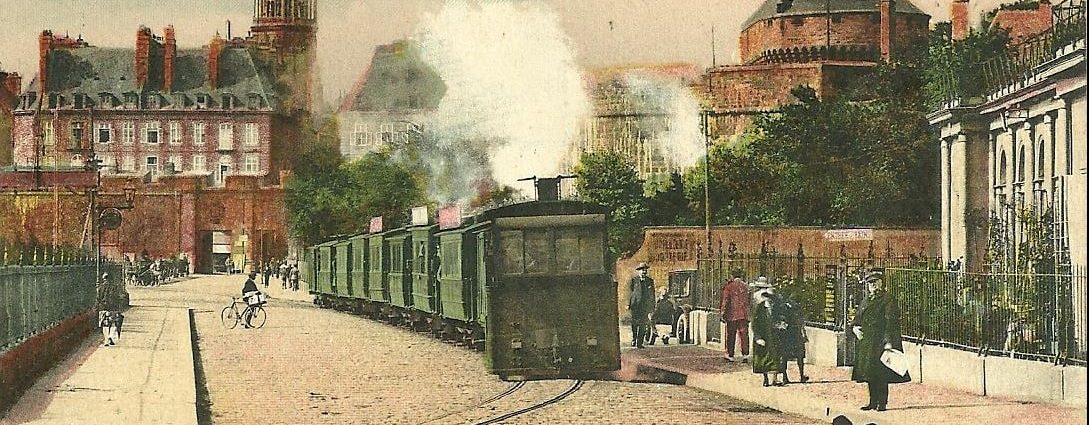
History of Saint-Malo
The city of Saint-Malo in Ille-et-Vilaine, Brittany, has a unique history. It has endured through the ages by constantly reinventing itself. The name ‘Saint-Malo’ is derived from a Welsh monk named Maclow, who initially referred to the town as Maclou. Over time, it transformed into Malo and eventually became Saint-Malo. This historic city is also known as ‘The Corsair City’ due to its numerous corsairs who fought against enemy ships on behalf of the King. Unlike pirates, these corsairs served the King in attacking foreign fleets.
At the end of World War II, the city of Saint-Malo was set on fire and 80% destroyed. Within the ramparts, more than 680 buildings were demolished, and the Saint-Vincent Cathedral lay in ruins with extensive damage. The reconstruction of Intra Muros began on January 26, 1947. It took 21 years of work, but by the beginning of the 1970s, Saint-Vincent Cathedral had been completely rebuilt.
The great men of Saint-Malo
At the time, Saint-Malo was an island and a vibrant privateer port, known for its captivating maritime stories.
Indeed, Saint-Malo has been home to numerous sailors and explorers. Some embarked on adventures in search of unknown continents, such as Jacques Cartier, who discovered Canada, while others set sail under the king’s command to plunder enemy ships, like Duguay-Trouin, an admiral of the royal navy, and Robert Surcouf, the renowned corsair king.
Saint-Malo’s fortune and development grew with the discovery of the Americas and trade with the East Indies. While some took pride in their maritime exploits, others made significant contributions in various fields, including science, like Moreau de Maupertuis, and literature and politics, like François-René de Chateaubriand.
The evolution of Saint-Malo
Saint-Malo has gradually become a highly popular city, renowned for its coastal location, the charm of its privateer history, and its unique architecture. It is recognized for its significant tides, the highest in Europe, with waves that can reach up to 13 meters!
The city has capitalized on its qualities and distinctive characteristics to become an emblematic city of Brittany. Situated in close proximity to Mont Saint-Michel, Chausey, and the Channel Islands of Jersey and Guernsey, it serves as a gateway for exploring Ille-et-Vilaine and the Brittany region. Saint-Malo thrives on its port, which offers ferry lines connecting to England.
Ts a corsair city and a delightful seaside resort, it attracts tourists throughout the year. To enhance its appeal and accommodate more visitors, a new high-speed train (TGV) station was built, providing convenient connections, including a two-hour train ride from Paris. Saint-Malo is the second French city to have a thalassotherapy center called Les Thermes Marins.
Saint-Malo today
If we observe its evolution over the centuries, the city has undergone significant changes. It continues to evolve over the years, aiming to attract tourists from around the world who come to explore the iconic sites of the corsair city.
Today, Saint-Malo has a population of over 47,670 inhabitants (according to the INSEE 2017 data). This figure continues to increase, considering the numerous real estate projects underway. The city is expanding, and its business sector is flourishing, supported by the economic fabric of its agglomeration (comprising 18 municipalities), which is becoming increasingly robust. Dominant sectors include tourism, of course, as well as well-being, healthcare, marine resources, digital technology, plastics, the primary sector (agriculture and fishing), water sports, and the food industry.

